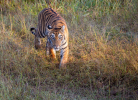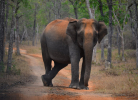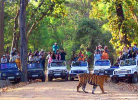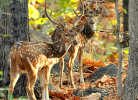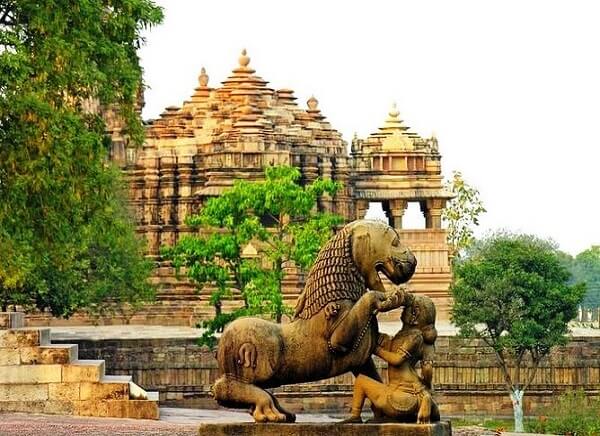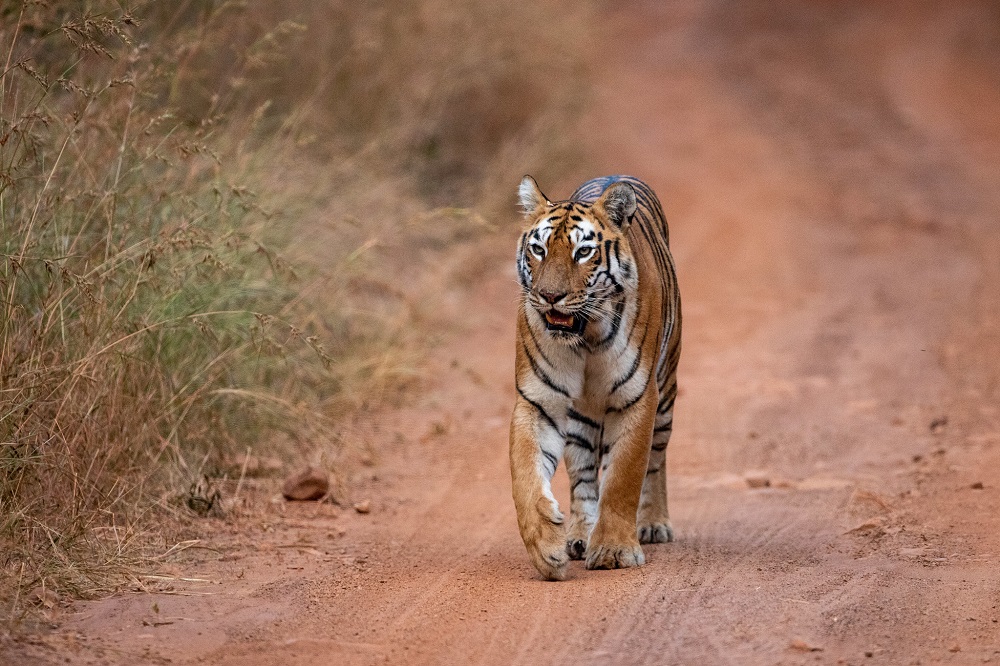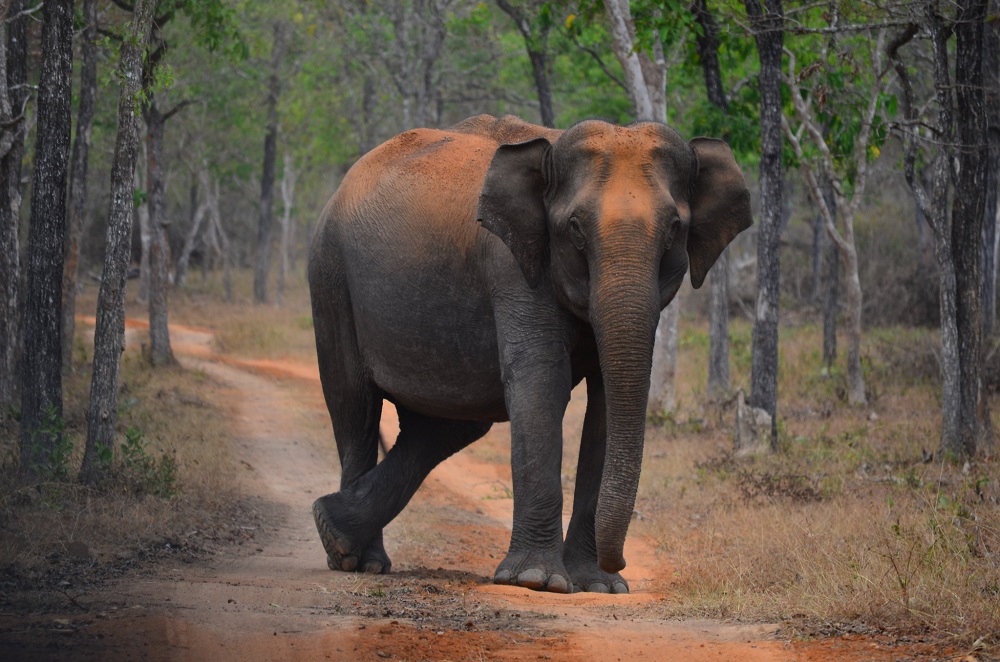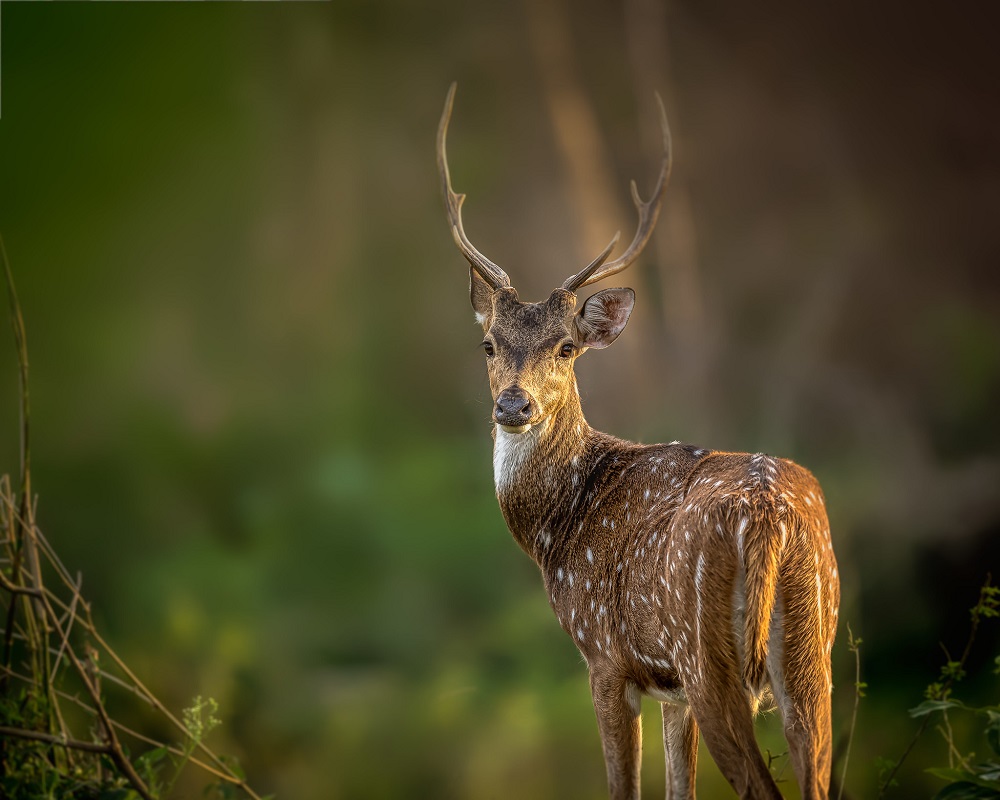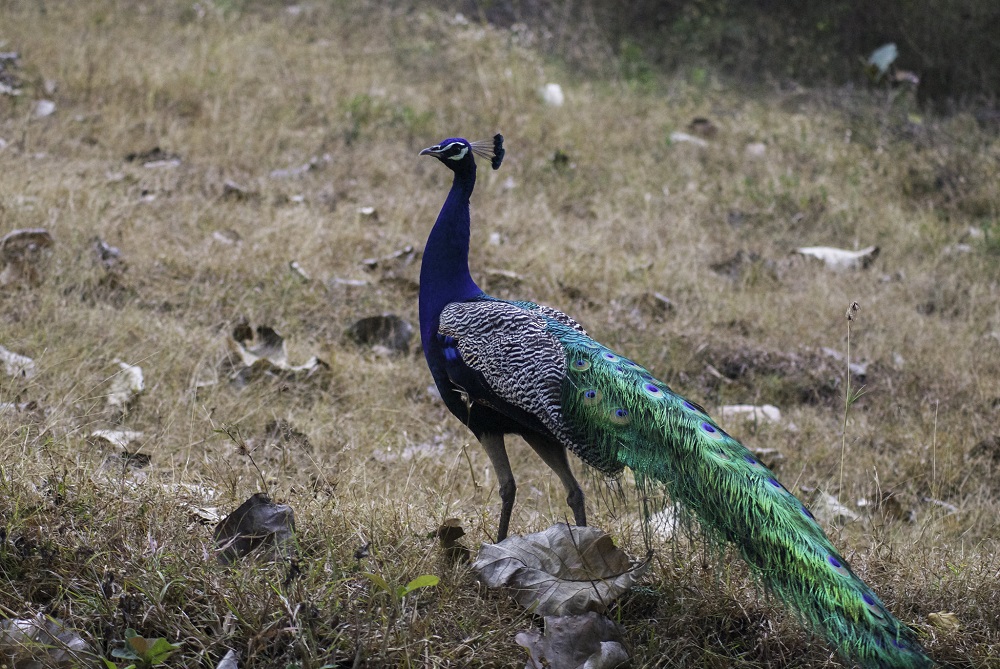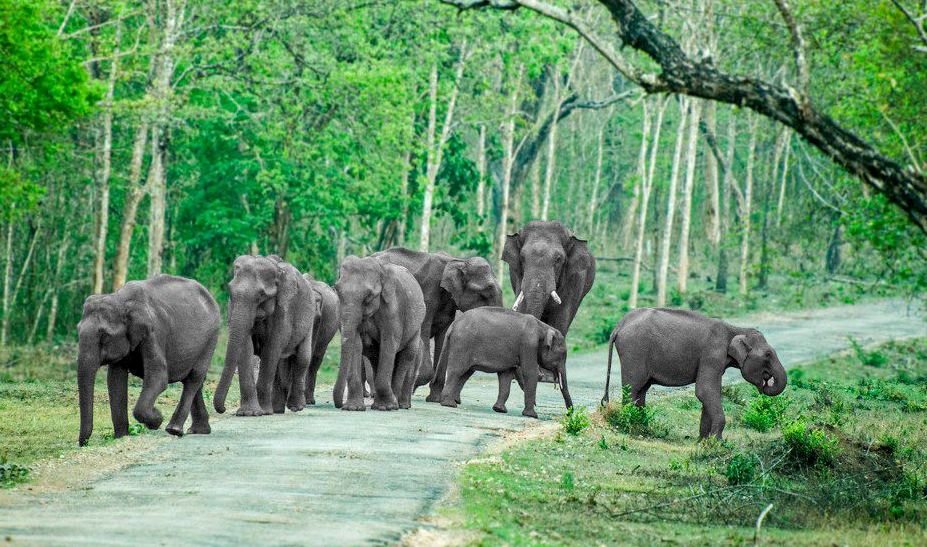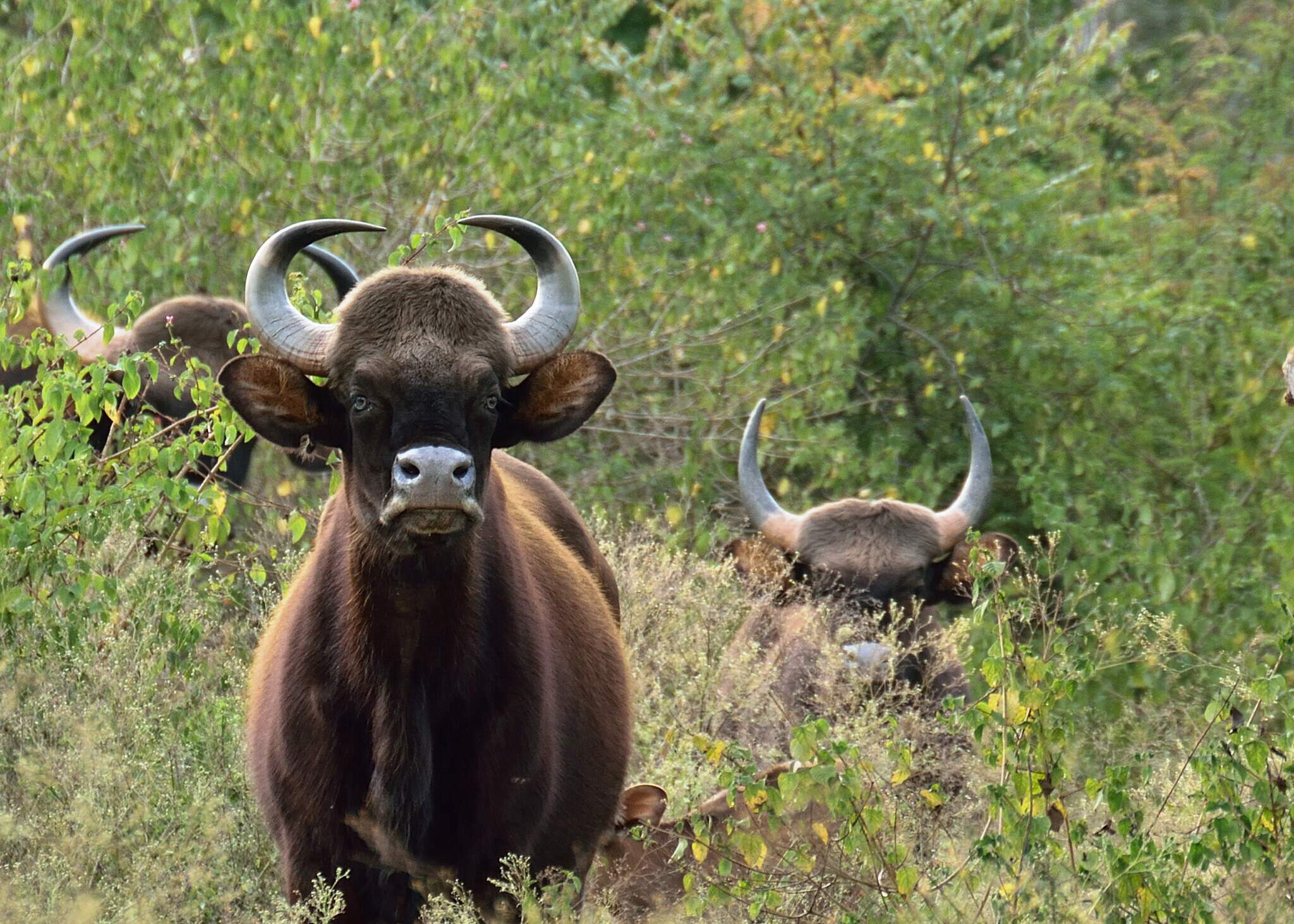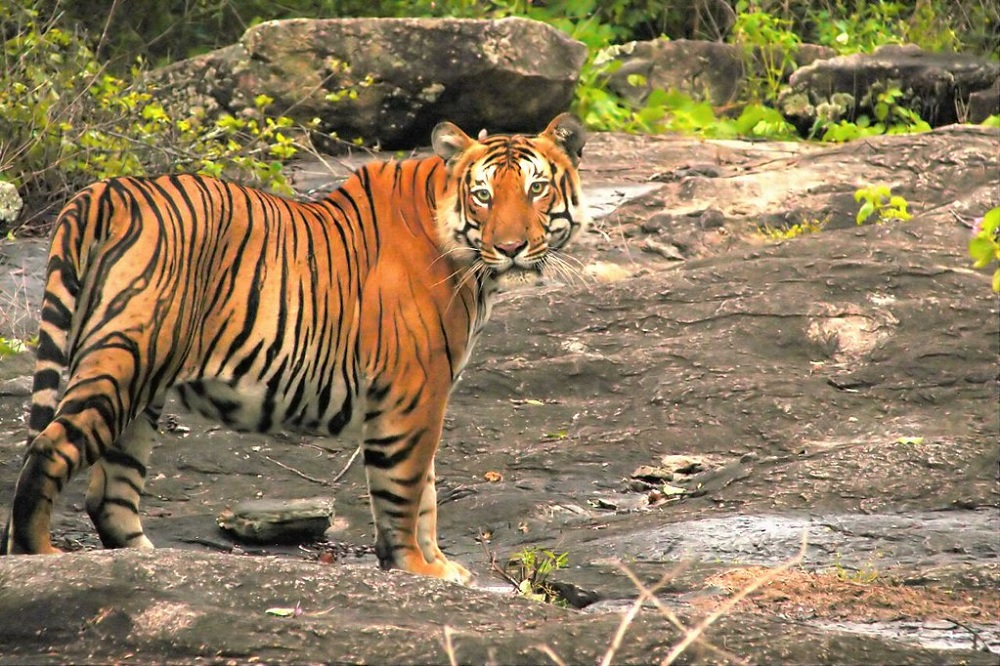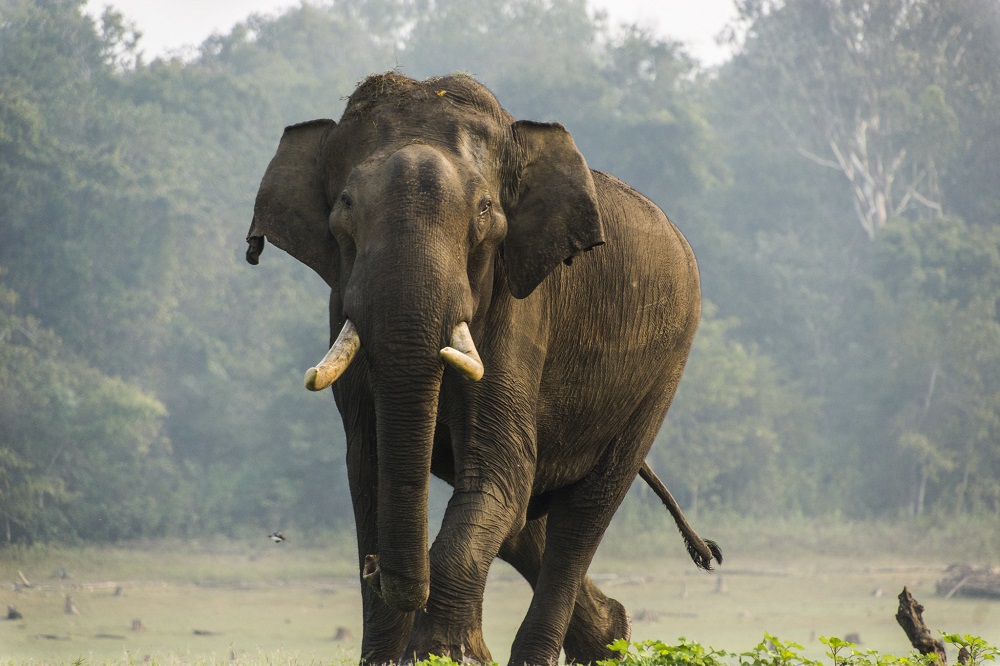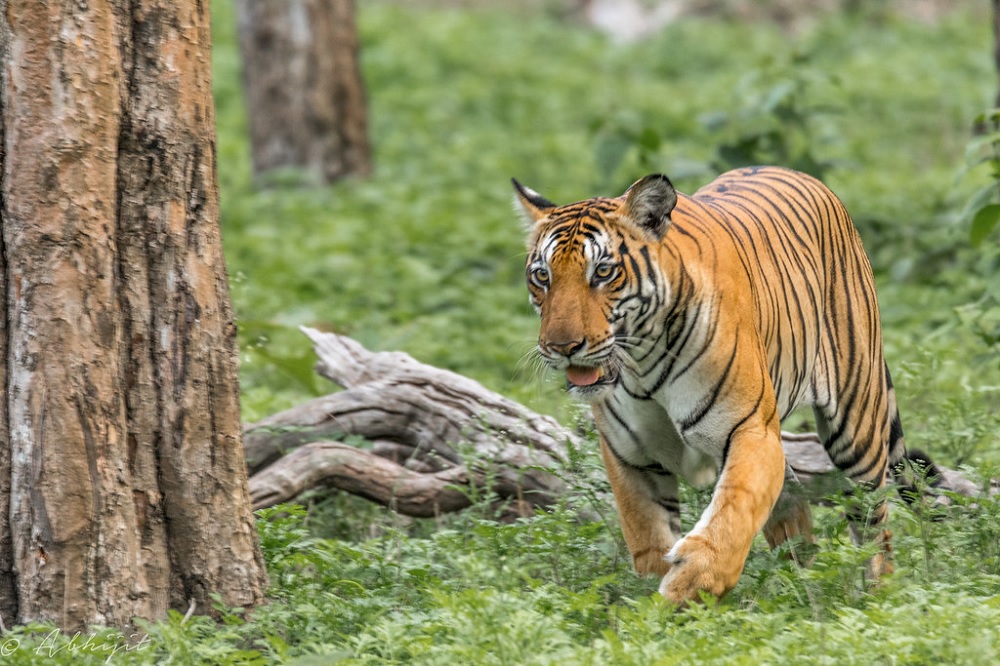Mount Abu National Park
Mount Abu Wildlife Sanctuary is situated on one of the oldest mountain ranges in the country and covers a large plateau including the highest peak in Rajasthan, Guru Shikhar. While vacationing in the desert state, it would be a little treat to spend a couple of hours or days in Mount Abu. It takes not more than two hours to scale the park on jeep. If desired, you can make a whole vacation out of it by trekking through the forest region.
Flora and Fauna in Mount Abu Wildlife Sanctuary
Most of the forest area in the park are dry deciduous or thorn forest in the foothills and sub-tropical evergreen forests in the valley and at high altitude. You can find different species of dicots and monocots here. There are more than 81 species of trees, 17 species of rare medicinal plants, 28 climber species and 89 shrub species. This sanctuary is the only region of Rajasthan to spot orchids. You can also find algae, wild roses, feras, bryophytes and others commonly. In the southwestern part of the region, you can find bamboo forests
History states that Asiatic lion and Bengal tigers were a part of this sanctuary but they were last spotted several decades before. Currently, the common animals to spot are common mongoose, sambar, Indian leopard, wild boar, common langur, Indian hare, pangolin, porcupine, sloth bear and hedgehog. More than 250 species of birds are spotted here and the most notable ones are jungle fowl and green Avadavat. The reservoir region is famous for spotting birds, crocodiles and small mammals.
Best Time to Visit Mount Abu Wildlife Sanctuary
If you want to enjoy trekking, hiking and exploration, it is better to visit the sanctuary during winter. You can spot many mammals in the reservoir region during summer. Due to humidity, the small water sources deep in the forest region dries out in summer forcing mammals to visit the reservoir for quenching thirst. Summer is also the right time to spot animals with their little ones. The summer starts in March and ends in June. You can find many interesting flora during summer season. The place will be clear for perfect photographs.
Monsoon starts in July and ends in September. Hiking and exploration becomes hard with slippery ground. Spotting animals is rare during this season. Safari and trekking are allowed during this season unless heavy rainfall is in forecast. Winter starts in October and ends in February. This is also the right time for spotting rare birds in this region.
October to March is the tourism season but the place is at prime beauty throughout the year. It is best to visit the park in the morning to spot many animals and birds.
Safaris & Timings
The park is open throughout the year from 9 in the morning to 5:30 in the evening.
Jeep safari: 300 INR per person. Cost can go up to 600 INR per head during tourism season
Entry fee: INR 50 per head; children below the age of 10 are free to enter
If you are planning a trekking or hiking trip inside the park, it is necessary to avail guide service. Cost of guide varies with season and service provider.
How to Reach Mount Abu Wildlife Sanctuary ?
The nearest railway station is Morthala railway station, which is 18 km away from Mount Abu. From the railway station, you can hire cab or bus to reach near the sanctuary. Cabs can take you up to the sanctuary entrance. If choosing bus, you need to walk a few meters to reach the sanctuary. The nearest city to the sanctuary is Mount Abu. You can hire cabs from any part of Rajasthan to reach Mount Abu. The cost of the service varies with season. Buses are also available from various cities to Mount Abu.
The nearest airport is located in Udaipur, which is 108 km away from the sanctuary. You can find flights from all the important states in the country to Udaipur, frequently.
Best Accommodation in Mount Abu Wildlife Sanctuary
There is no accommodation available inside the sanctuary. The nearest city is Mount Abu and you can find accommodations of varying luxury levels, near to the sanctuary.


